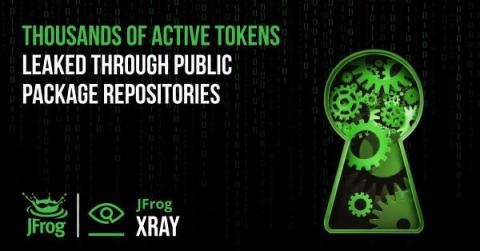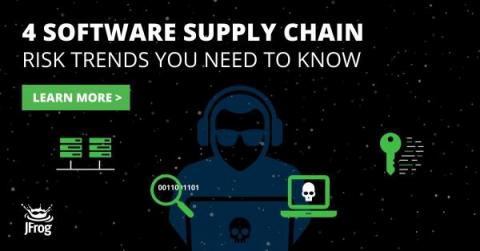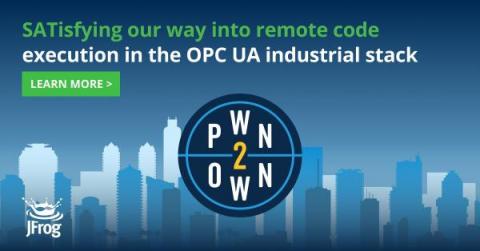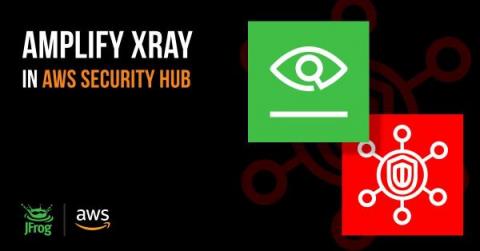JFrog's Advanced Security Scanners Discovered Thousands of Publicly Exposed API Tokens - And They're Active
The JFrog Security Research team released the findings of a recent investigation wherein they uncovered thousands of publicly exposed, active API tokens. This was accomplished while the team tested the new Secrets Detection feature in the company’s JFrog Advanced Security solution, part of JFrog Xray.











